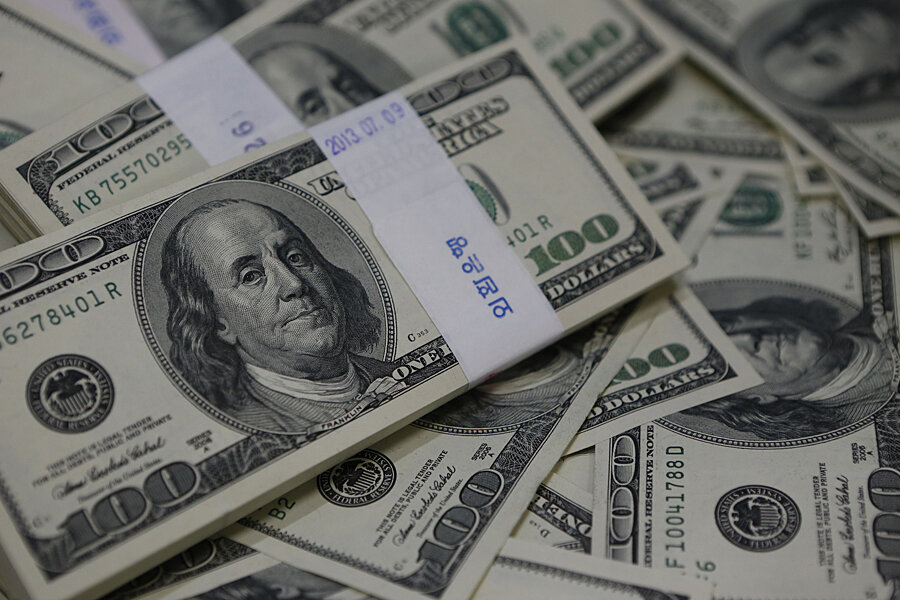What's behind the billionaire boom?
Loading...
The world’s population has seen an unprecedented population boom among the very rich.
Since the turn of the century, the world’s population of billionaires has grown 350% to include 1,645 men and women. In the past 14 years, the amount collectively held by billionaires has risen sevenfold to $6.4 trillion, according to Forbes data.
The number of billionaires slipped in 2002 in the aftermath of the dot-com implosion and 9/11 terrorist attacks, followed by a full-on stumble in 2009 on the heels of the financial crisis. Still, those two years were outliers – the march of this new wave of plutocrats otherwise has been a hockey-stick pointed up.
People may behold the billionaire lifestyle with an envious eye, but the study of the hyper-wealthy is growing in importance, researcher Jonathan Wai of Duke University says, because their influence on society and politics is growing with their outsized wealth.
“The influence of these elite fractions is growing in terms of population and scale, and across a wide variety of industries – fashion, retail, investment, real estate, food and beverage,” Wai tells NerdWallet.
Why this historic burst of super wealthy? Three reasons:
China came of age
Beijing’s economic reforms that began in 1979 gathered steam with the nation’s 2001 admission to the World Trade Organization. The world’s most populous nation transformed into a manufacturing giant for Western corporations, kickstarting the economy and lifting 600 million people – roughly 10% of the population of the planet – out of abject poverty.
China had the world’s sixth largest economy a decade ago; now it has the world’s second largest economy with an estimated $10 trillion in GDP. China’s ultra-rich has grown in tandem with 152 billionaires, the second most in the world behind the 492 billionaires in the U.S. China is not the only former Cold War foe now burgeoning with billionaires.
“Russia is right up there, right behind the U.S. and China,” Wai says, with 111 billionaires in 2014.
The rise of the developing world
China may be leading the charge, but the past 14 years have seen tremendous gains in the economies of developing countries.
“The rise of the rest,” as CNN’s Fareed Zakaria puts it, is “the third great power shift in modern history” behind the rise of western civilization in the 15th Century and the economic, political and military dominance of the U.S. in recent history. “This will not be a world defined by the decline of America but rather the rise of everyone else.”
This new power was evident in the financial crisis, where for the first time in history, developing nations emerged from recession faster than developed economies like the U.S., Japan and western Europe. That juggernaut has created more billionaires in places once rare. In 2004, India had nine billionaires – now it has 58. Nigeria had no billionaires a decade ago – now it has four.
Technology creates, disrupts industries
Just as globalization has helped the rise of China and other developing nations, technology is creating a host of new opportunities – and the geeks are growing rich. Research by Wai shows that nearly one-third of billionaires have a background in science, technology, engineering and mathematics (STEM) fields.
“Technology and the Internet is amplifying things,” Wai says. “It’s not a level playing field, per se, but more of a level playing field … (and) it’s where really smart people are choosing to spend their time.”
The explosion of technology has also helped feed a “winner-take-all” environment in business, where “the long tail of achievement is going to have the top person or company reap extraordinarily more rewards than the second or third,” Wai says.





